Brown Lawn Fixes: How To Repair Patches And Brown Spots On Grass
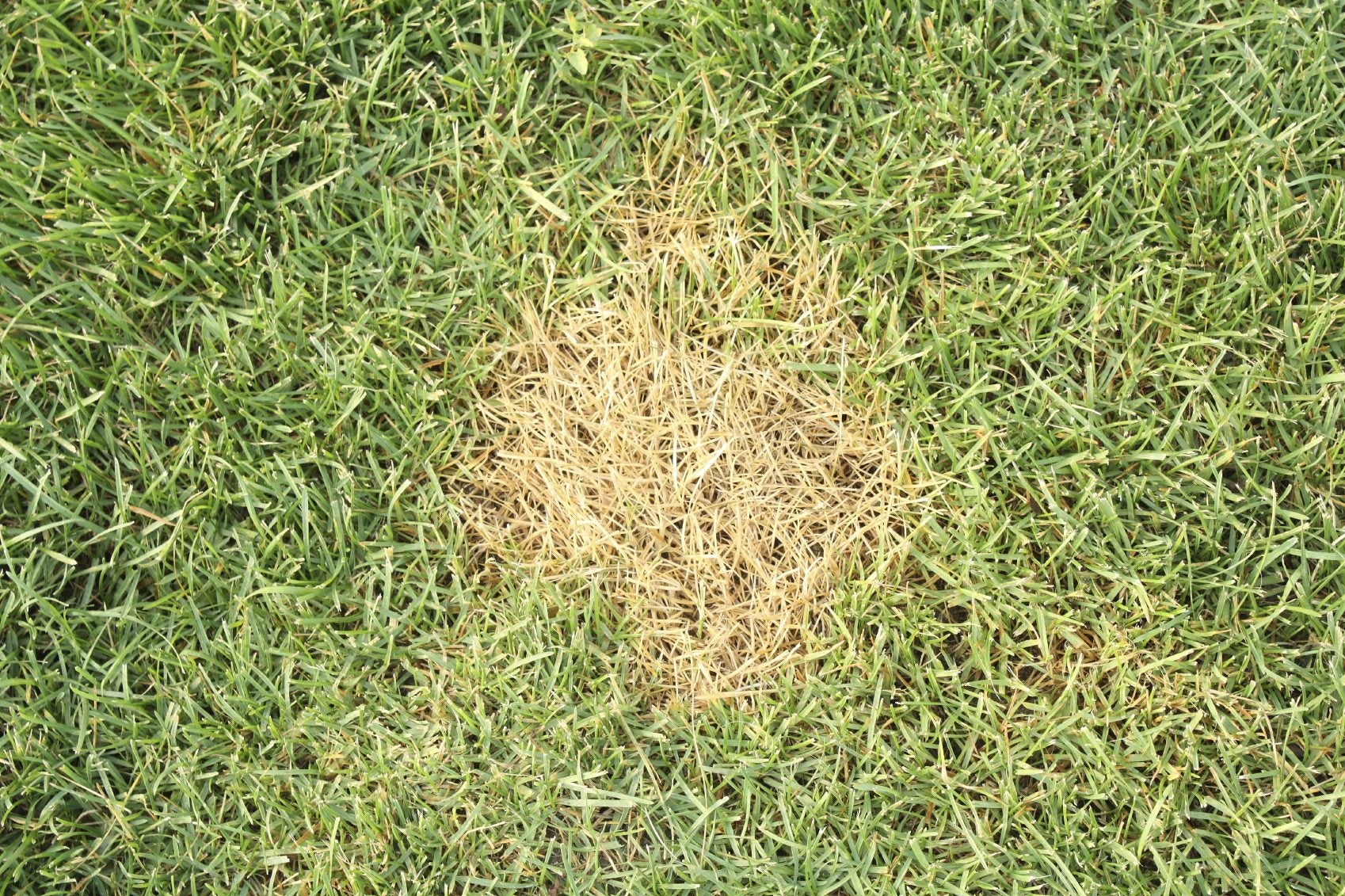

Brown lawn patches are probably the most frustrating problems that homeowners have with their lawns. Because there are so many different kinds of problems that can cause brown spots on grass, home diagnostics can be tricky, but there are a number of care items that help with brown lawn repair, even if you don't know what's really wrong with your lawn.
Brown Lawn Fixes
No matter what's wrong with your grass, when your lawn has brown spots, your turf care hasn't been ideal. Before you do anything drastic, try these simple fixes for your lawn woes:
- Dethatch. A thatch layer of more than a half inch (1 cm.) is trouble brewing. This much thatch acts like a sponge, soaking up any water that would normally go to roots and holding onto it tightly. When the thatch is always wet, you prevent the grass from getting the water it needs and encourage the growth of several different lawn fungi that can cause brown spots. Dethatching the lawn helps prevent this.
- Watch your irrigation. Many turf grasses are extremely touchy about watering, insisting they neither have too much, nor too little water. In most areas, about one inch (3 cm.) of water each week is plenty, but if your lawn starts to dry out as temperatures climb, increase your watering efforts temporarily. Sometimes, too much water is the problem, so make sure that your lawn drains well and grasses aren't standing in water for long.
- Check your mower blade. Incorrect mowing causes a lot of problems with lawns across America. A dull mower blade tends to shred grass blades instead of cutting them, allowing the tips to dry out completely. Cutting the grass too low, or scalping it entirely, allows the grass crown and soil below to dry quickly. If your grass is suffering from a disease rather than a care issue, cutting it too short will make things significantly worse.
- Test the soil. Fertilizing your lawn is a good thing, but not until you've done a proper soil test. Ensure the pH is above 6.0 and that there's ample nitrogen in the soil below your grass in the early spring, before the grass starts to grow, and any time your lawn looks sickly. If you find that your lawn does need some fertilizer, be careful to only apply the amount indicated by your test.
Although brown spots in the lawn can be caused by many different problems, most will resolve themselves once you're properly caring for your lawn. Grass is surprisingly resilient and quickly recovers when it's treated well.
Gardening tips, videos, info and more delivered right to your inbox!
Sign up for the Gardening Know How newsletter today and receive a free copy of our e-book "How to Grow Delicious Tomatoes".

Kristi Waterworth was a regular contributor to Gardening Know How for many years, answering countless queries on plant pests and diseases.
-
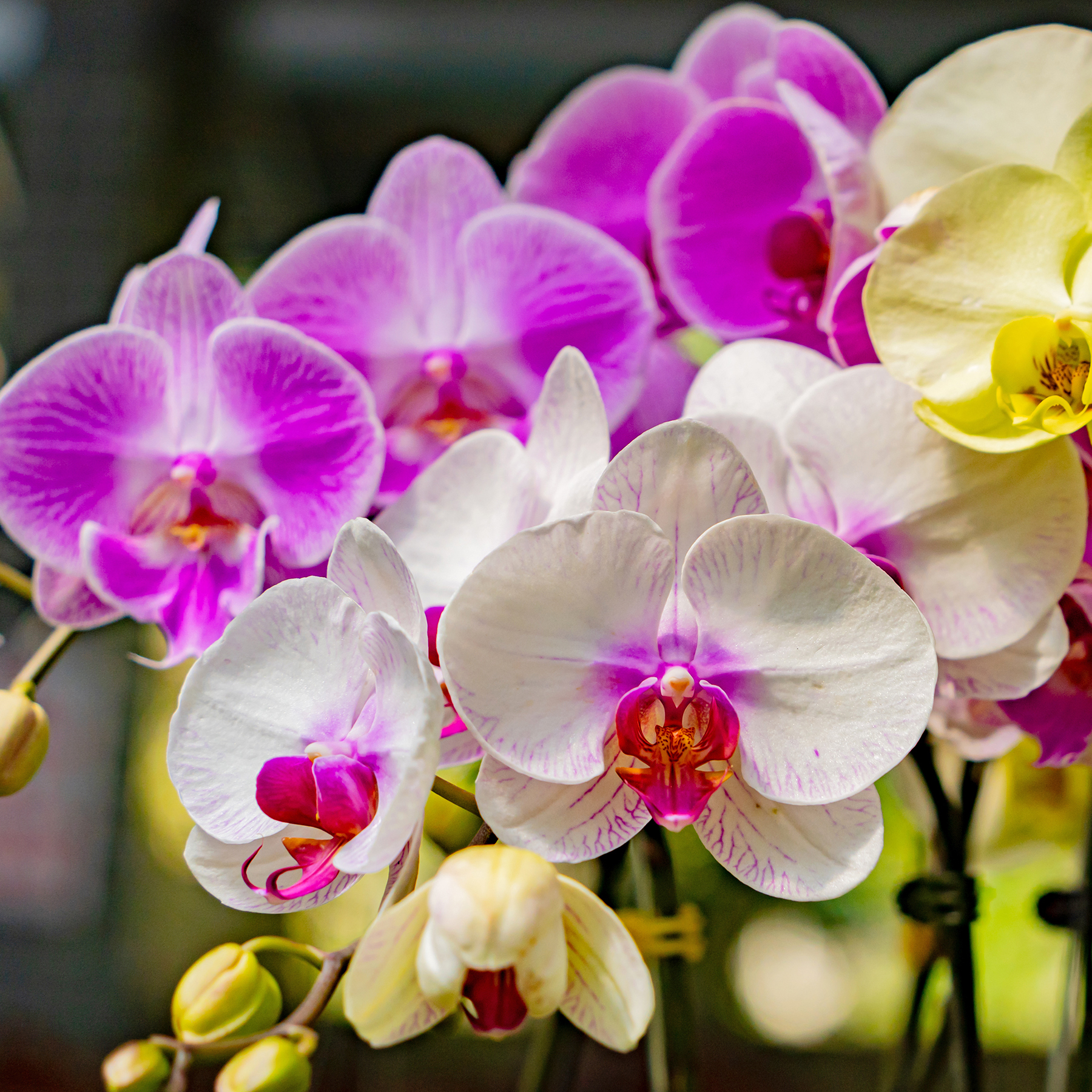 My Homemade Orchid Fertilizer Always Brings More Blooms – Here's The Easy Recipe That Transforms Plants
My Homemade Orchid Fertilizer Always Brings More Blooms – Here's The Easy Recipe That Transforms PlantsScientist-turned-gardener Mary Ellen Ellis shares her tried-and-tested DIY orchid fertilizer recipe, plus more ingredients to try for healthy, happy plants.
By Mary Ellen Ellis
-
 Looking For Plants To Give You The Soft And Fuzzies? Try These 5 Fuzzy Leaf Plant Options
Looking For Plants To Give You The Soft And Fuzzies? Try These 5 Fuzzy Leaf Plant OptionsLovers of texture, drama, silver foliage and tactile plants will adore these special sensory garden additions. These fuzzy leaf plant options will leave you all aglow
By Susan Albert
-
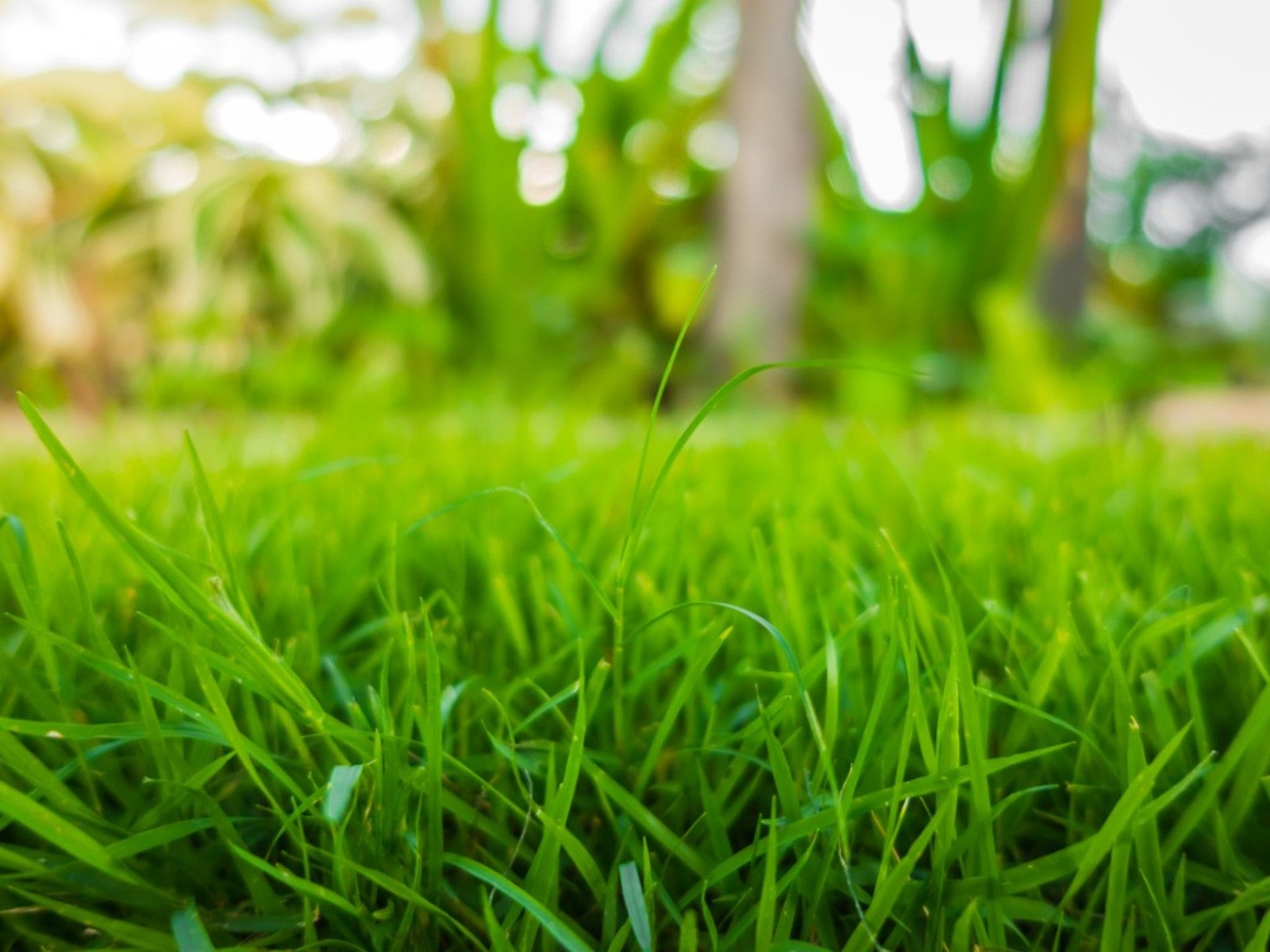 Sustainable Turf Species For A Greener Lawn
Sustainable Turf Species For A Greener LawnClick here for some of the most sustainable types of turf grass you can grow for an eco-friendly lawn.
By Bonnie L. Grant
-
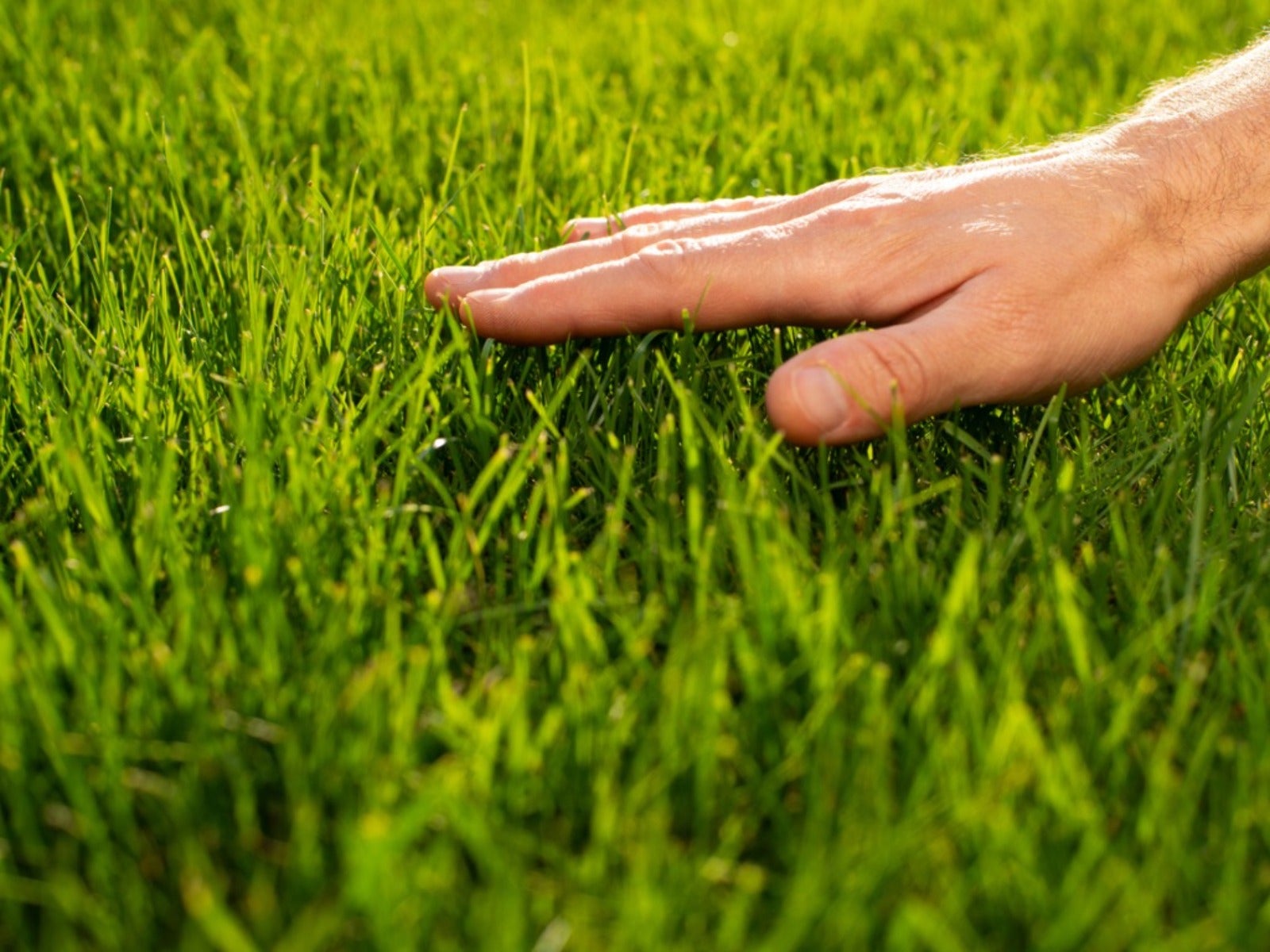 How To Grow A Sustainable Lawn
How To Grow A Sustainable LawnAdjust your thinking about a perfect green lawn and consider more sustainable methods. Click here to learn how.
By Mary Ellen Ellis
-
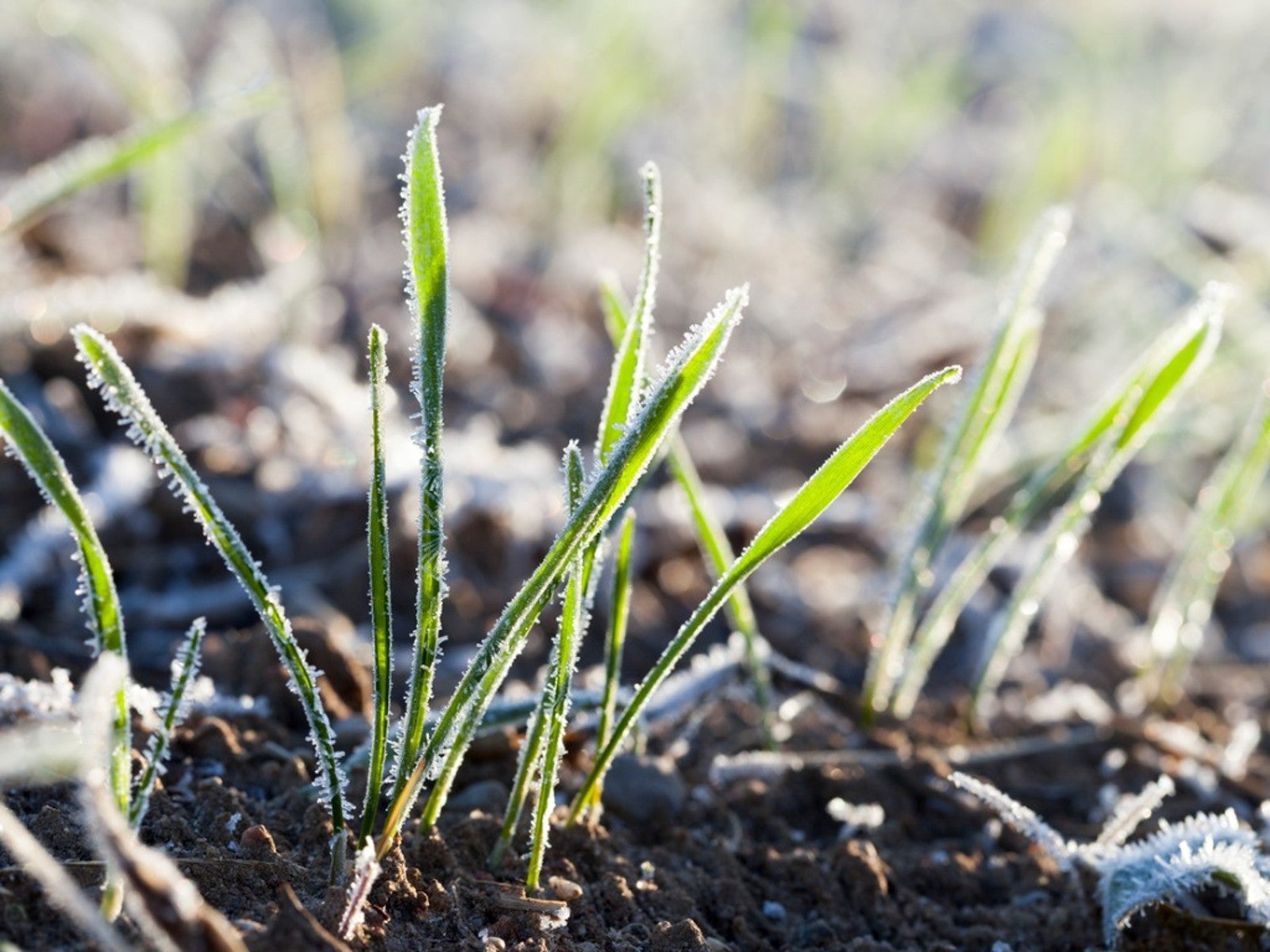 Will Frost Kill Grass Seed And How To Help New Turf Survive
Will Frost Kill Grass Seed And How To Help New Turf SurviveLearn how to help your newly sown grass survive frost and freezing weather.
By Amy Grant
-
 Lawn Problems That Aren’t Really Problems
Lawn Problems That Aren’t Really ProblemsYour lawn may not require as much work as you think. Learn which common problems aren’t really problems.
By Teo Spengler
-
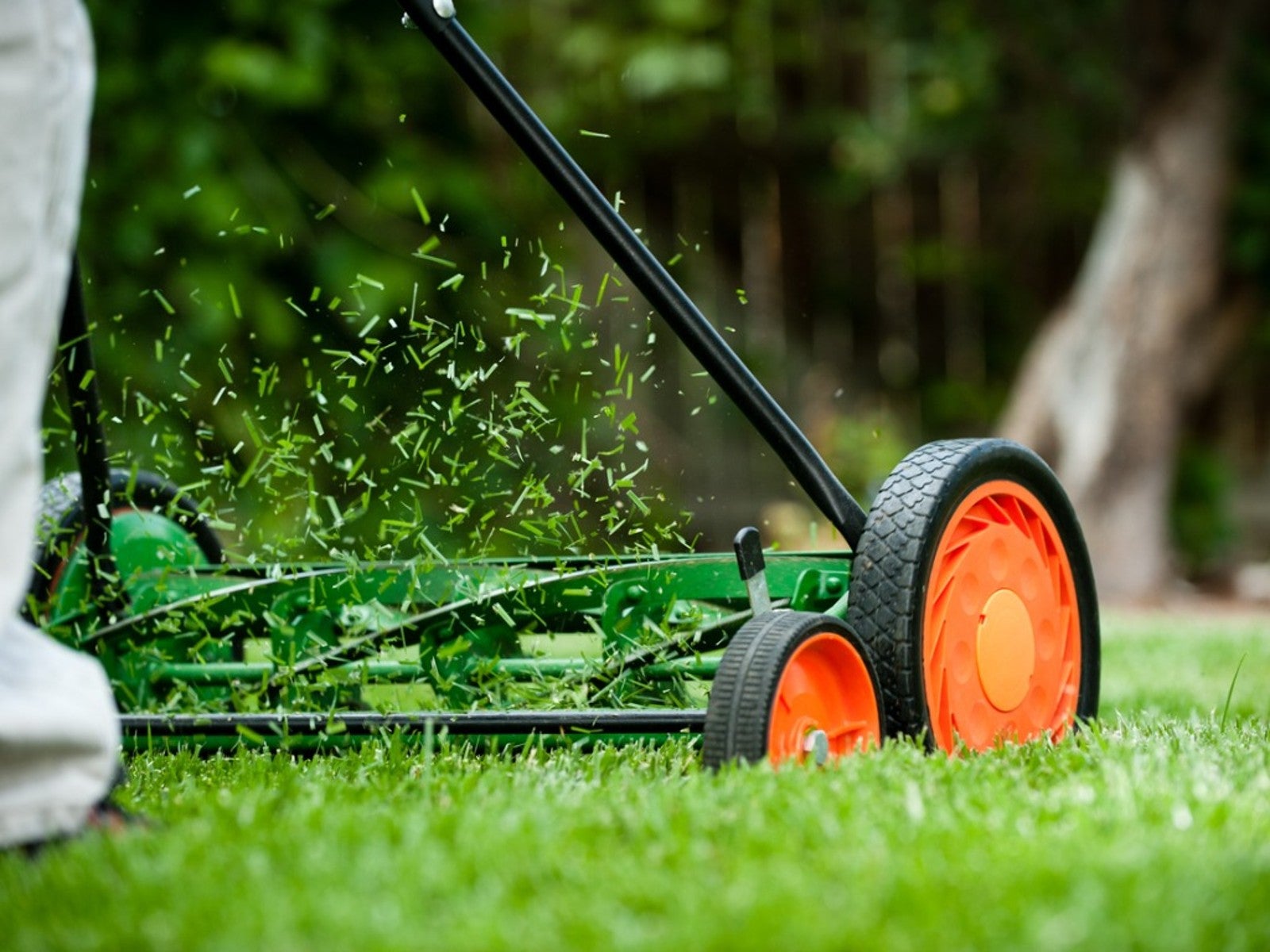 Why A Manual Push Mower Is Good For You And The Environment
Why A Manual Push Mower Is Good For You And The EnvironmentReel mowers are making a comeback, but why? Click here to learn about reel mower pros and cons.
By Amy Grant
-
 Fertilize Grass In Fall For A Lush Lawn In Spring
Fertilize Grass In Fall For A Lush Lawn In SpringFor everything you need to know about fertilizing your lawn in the fall, click here.
By Susan Albert
-
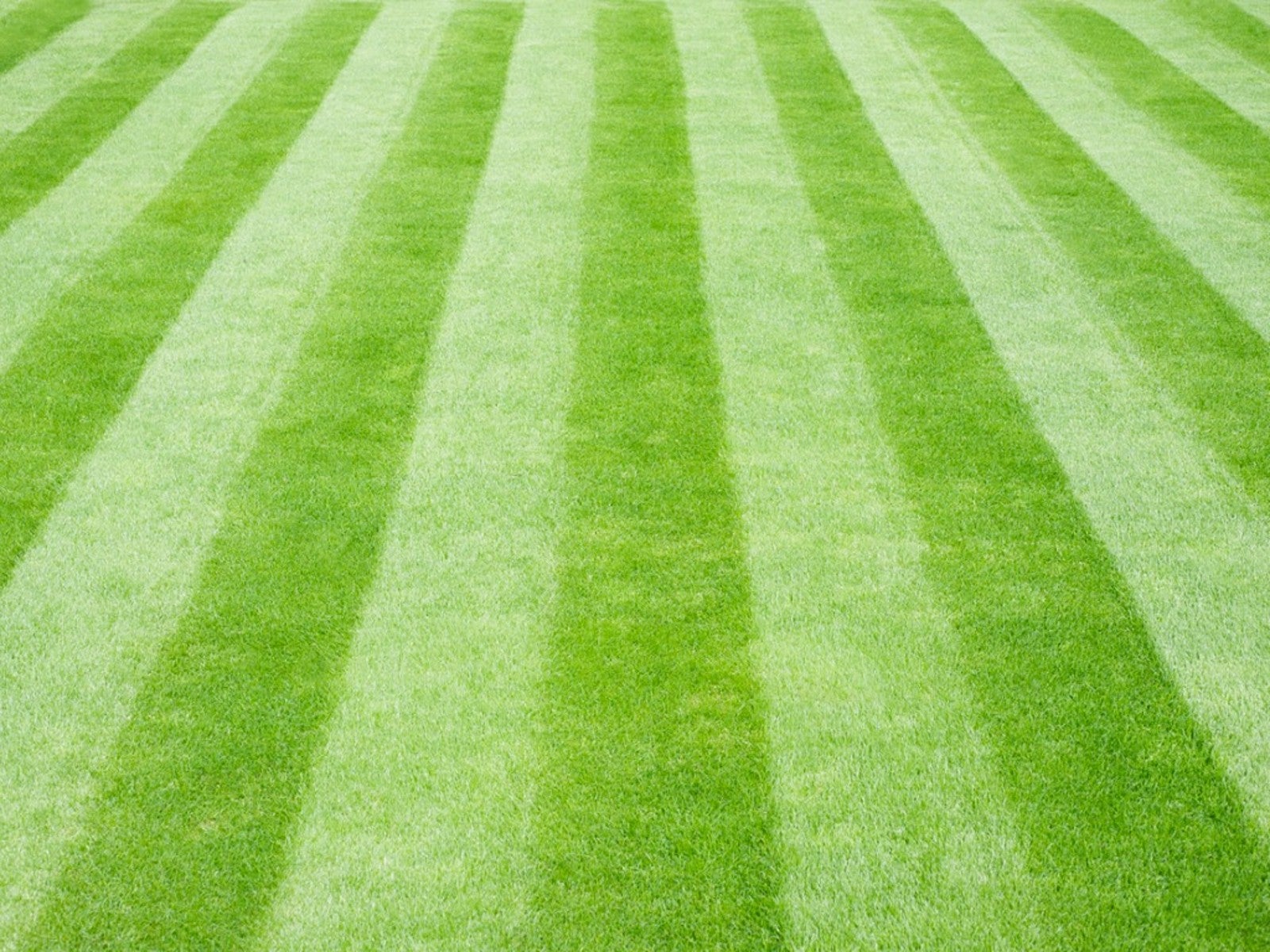 Tips For Mowing Stripes In Lawn
Tips For Mowing Stripes In LawnWouldn’t it be great to have stripes in your lawn like a sports field? Learn how here.
By Susan Albert
-
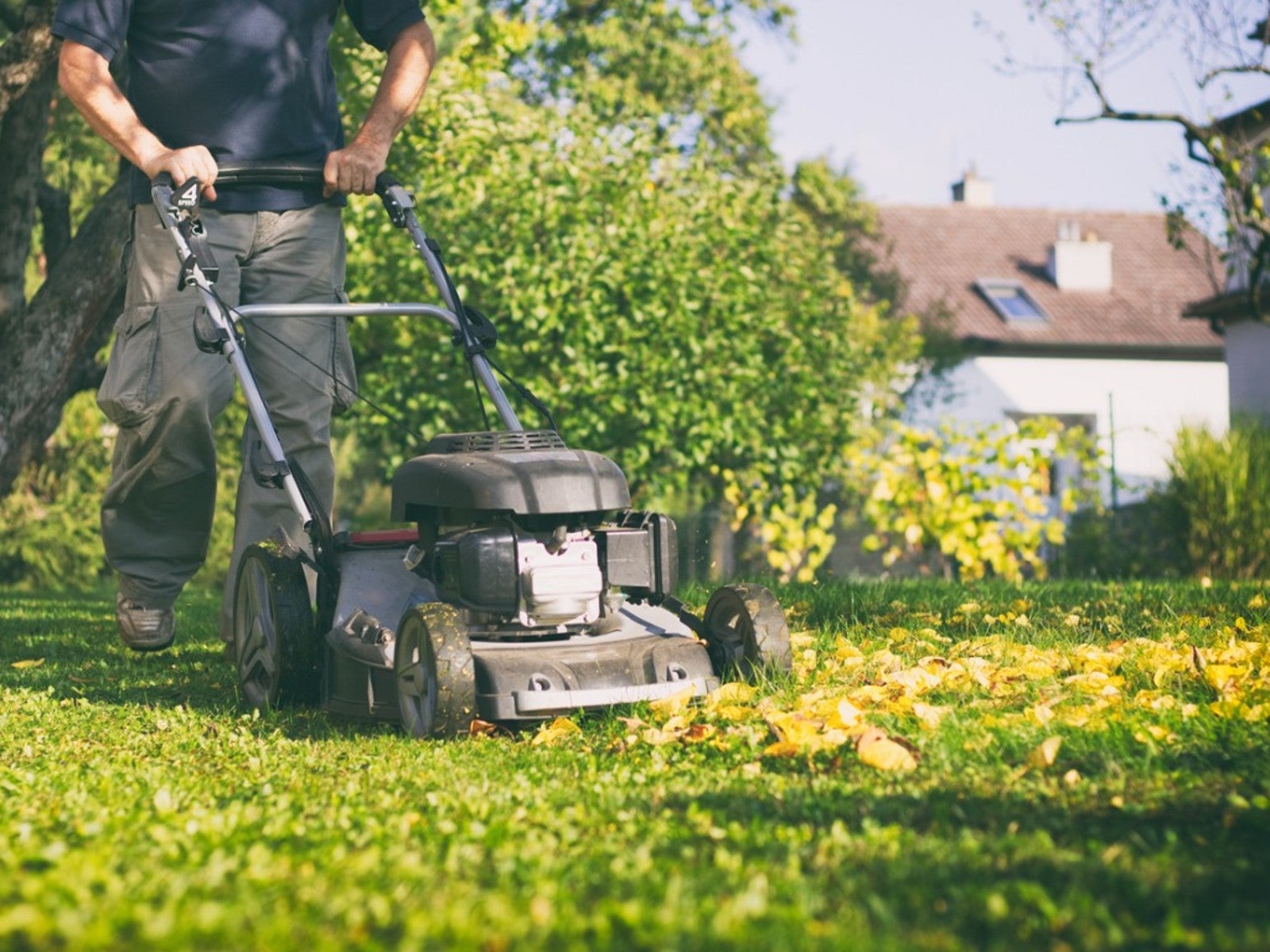 Late Summer Lawn Care Checklist
Late Summer Lawn Care ChecklistPlan to do some late summer care and maintenance of your lawn so it will be healthy and beautiful in the spring. Here are some tips.
By Laura Miller